The Battle of the Kursk Bulge Considered the largest (greatest) tank battle in history. It involved about 2 million people, 6 thousand tanks, 4 thousand aircraft; the battle paved the way for the great Soviet offensive of 1944-45.
The battle of Kursk involved a set of strategic defensive (July 5-23) and offensive counter-offensive (July 12 – August 23) operations by the Red Army in the Great Patriotic War in order to disrupt a major offensive forces of the Wehrmacht and defeat its strategic grouping. It is one of the key battles of World War II and the Great Patriotic War in terms of its scale, forces, means involved, tension, results and military-political consequences.
The battle is the most important part of the strategic plan for the summer-autumn campaign of 1943, according to Soviet and Russian historiography, including: the Kursk strategic defensive operation (July 5-23), Oryol (July 12-August 18) and Belgorod-Kharkov (3-23 August) strategic offensive operations. The battle lasted 50 days. The German side called the offensive part of the battle Operation Citadel .
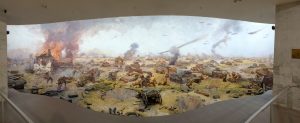
As a result of the offensive according to the Kutuzov plan , the Oryol group of German troops was defeated, and the Oryol strategic bridgehead occupied by it was eliminated. As a result of Operation Rumyantsev , the Belgorod-Kharkov group of Germans was defeated, and the corresponding bridgehead was also eliminated. The radical change in the course of the Great Patriotic War, which began at Stalingrad, was completed in the Battle of Kursk and the battle for the Dnieper , and in the ensuing Tehran conference, at the initiative of F. Roosevelt , the plan he personally drawn up “2 months ago, a plan to partition Germany into five states” was discussed .
After the end of the battle, the strategic initiative finally went over to the side of the Red Army , which continued to liberate the country from German invaders and, until the end of the war, conducted mainly offensive operations. During the retreat from the territory of the USSR, the Wehrmacht pursued a policy of “scorched earth” on the occupied civilian infrastructure and local population greatly adding the total death count of 20 million Soviet civilians.
Colonel General OA Losik speaking about the combat experience of using tank armies, gives the following figures
“The history of war … did not know of any other tank battle that unfolded anywhere close to Kursk. More than 6 thousand tanks and self-propelled guns took part in it on both sides. On our side, especially large tank forces participated in the counteroffensive. The fronts had five tank armies, 14 separate tank and mechanized corps, as well as a significant number of separate tank brigades and regiments, numbering about 5,000 tanks and self-propelled artillery units. This is 7 times more than in the counteroffensive near Moscow, and almost 5 times more than at Stalingrad. “
General Friedrich Wilhelm von Mellenthin , Chief of Staff of the 48th Tank Corps, notes that “the attack from the south was to be carried out by ten armored, one motorized grenadier and seven infantry divisions”; in the northern grouping “seven tank divisions, two grenadier motorized divisions and nine infantry divisions should have taken part”,
This operation was destined to be the greatest tank battle in the history of warfare.
This Diorama is at The Museum of the Great Patriotic War.


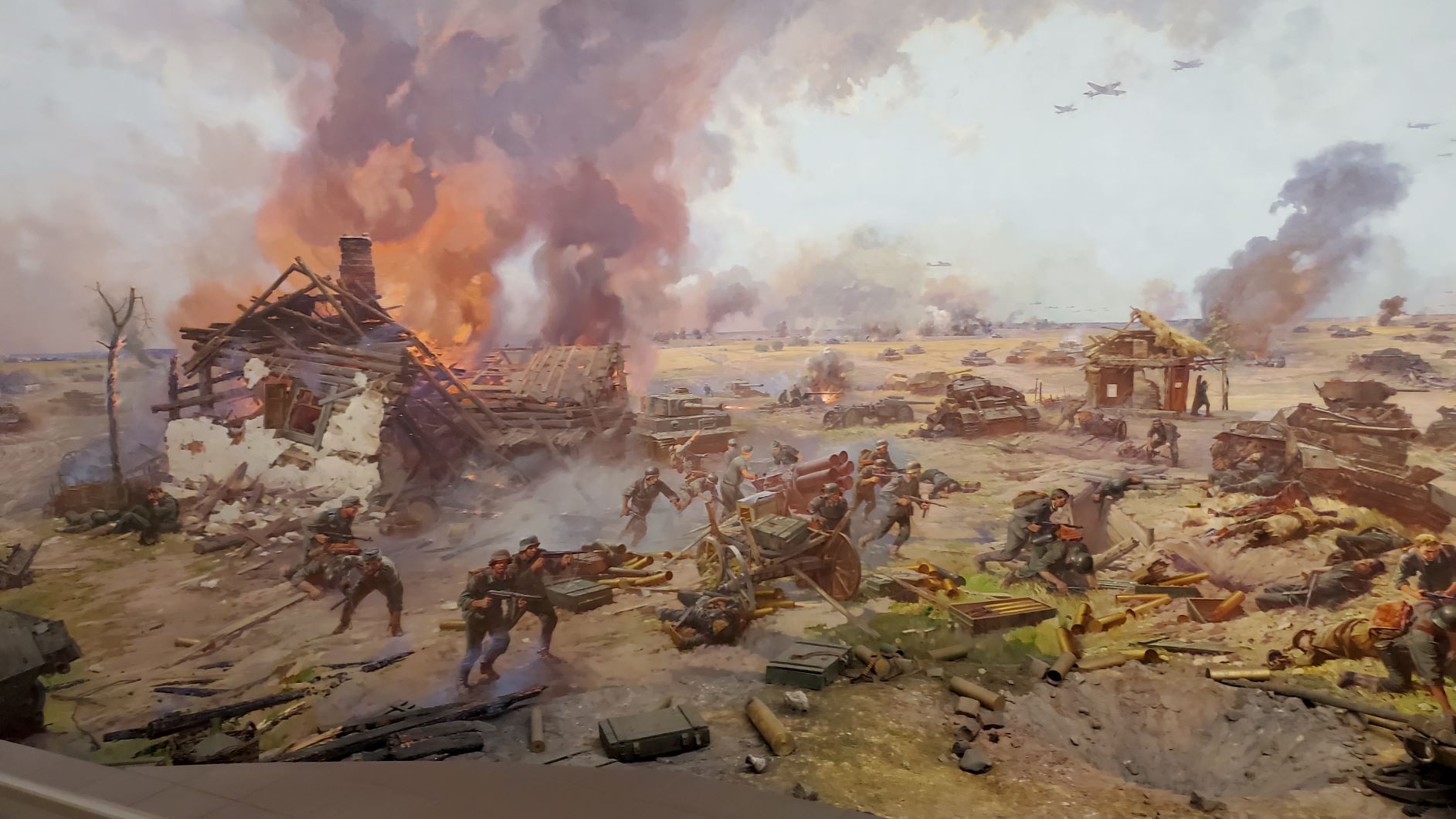
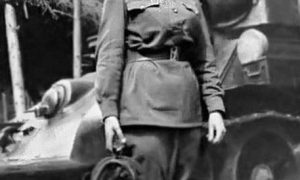

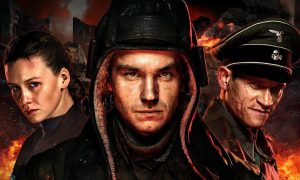

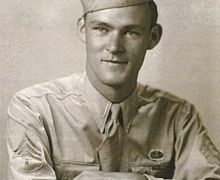













Pingback: T-34 Tank (76 Variant) - Soviet Medium Tank - Real History Online